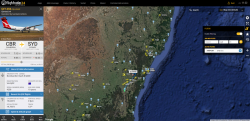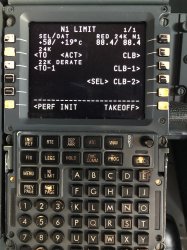AviatorInsight
Established Member
- Joined
- Oct 5, 2016
- Posts
- 1,395
Obviously we're all reading whatever we can find about the MAX, and other Boeing aircraft, in the light of events of the last couple of days. I must admit that I find myself conflicted in my feeling for Boeing. The 747 and 767 were awesome aircraft, with incredible records over a long period. The 777 is a wonderful machine, and I really wish QF had gone that way back around 2000.
The 737 though, is really a relic. Every time I've ridden in the coughpit of one, I've been left wondering what era I'm in. Boeing's failure to properly update the coughpit has left mix of items that would have been familiar to a pilot in 1963...mixed with fancy new tech. The great god, commonality, was supposedly the reason for this design stasis, but they would have been so much better off if they'd told Southwest to go jump. Now we are seeing software fixes on an aircraft that is pre FBW...the kludges continue.
Spot on JB. I too am conflicted. The 777 is a masterpiece in my opinion. Was a pleasure to ride in and whatever flying I could get in the climb/descent. The 737 however is definitely a love/hate relationship. I love the robust characteristics (it can definitely take the poundings of some of my landings) and the fact that I have now flown a piece of history. I love how it still has that old school feeling to it. The entire nose section is off a 707, the throttle quadrant is also from the 707 and there's even cutouts in the overhead panel where the ammeters used be... from the B-17!
Having said that, with the way technology is rapidly changing and growing, so too must the aircraft. There's a lot of things that the current NG does where I've had to disconnect everything and re-engage it. The aircraft almost seems like it's confused with the automatics. It has long been said that the 777 components overhead panel/EICAS and MFD can actually be fitted into the 737. It's a rumour at this stage that that's what the next next gen(?) will become.
















